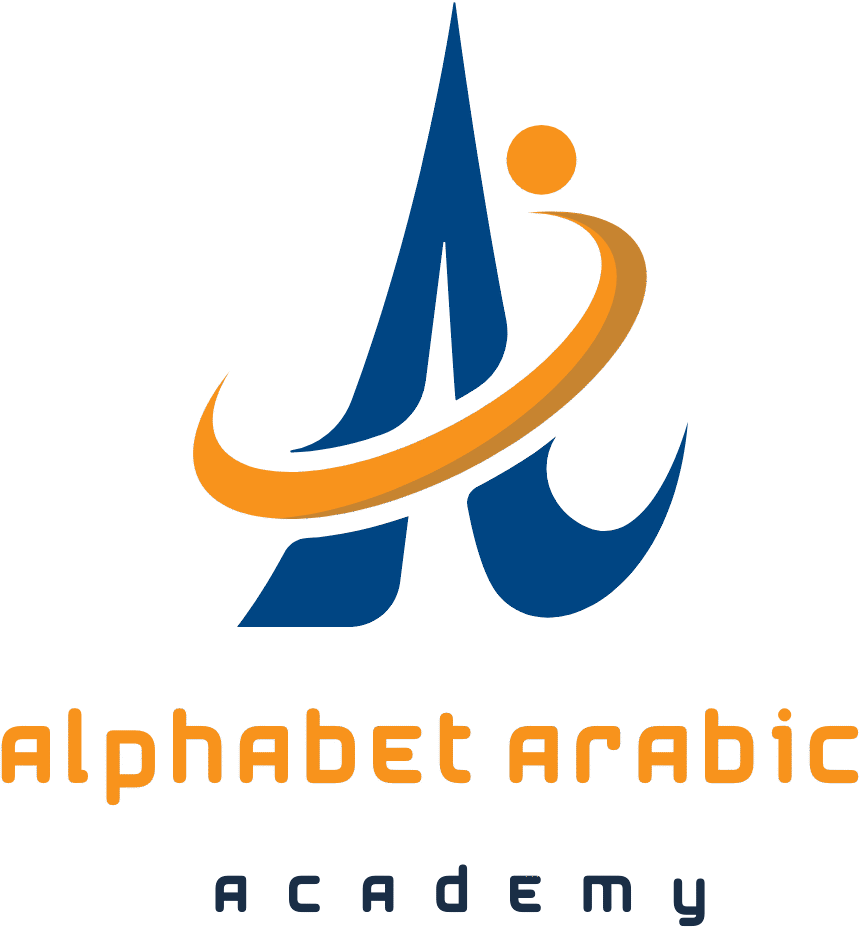🌍 Master the Global Language: Modern Standard Arabic (MSA)
Why Learn Modern Standard Arabic?
Modern Standard Arabic (MSA) connects you with more than 400 million speakers worldwide. It’s the language of culture, literature, media, and formal communication across the Arab world.
👉 Whether you want to study, work, or simply connect with Arab communities, MSA opens endless opportunities.
📘 Course Overview

Course Overview
Our MSA Arabic Course at Alphabet Arabic Academy is designed to take you from beginner to fluent communicator.
You’ll master the four core skills:
Reading 📖 – Newspapers, books, and online content.
Writing ✍️ – From simple sentences to advanced texts.
Listening 🎧 – Media, conferences, and formal conversations.
Speaking 🗣️ – Confident communication in formal settings.
👨🎓 Who Can Join?
This course is perfect for:
Complete beginners with no Arabic background.
Professionals in business or diplomacy.
Students & researchers in literature, history, or media.
Language lovers wanting to connect with the Arab world.
Learners seeking to understand the Holy Quran.
Job seekers aiming for careers in Gulf countries.
⭐ Key Features
Why students love this course:

Key Features
🎥 Interactive lessons – multimedia, group activities, exercises.
🎓 Certified instructors – Native, experienced teachers.
📚 Customized curriculum – Tailored to your goals.
⏰ Flexible scheduling – Online, evenings, or weekends.
💸 Affordable pricing – High quality at a fair cost.
🎯 What You’ll Achieve
By completing the course, you will:

What You’ll Achieve
Build a solid base in grammar, vocabulary, and syntax.
Communicate in formal Arabic (spoken & written).
Gain cultural insights into the Arab world.
Receive a certificate recognized by institutions & employers.
🕒 Course Structure
Beginner – 12 weeks (Alphabet, basic grammar, vocabulary).
Intermediate – 16 weeks (fluency, real-life scenarios).
Advanced – 20 weeks (complex texts, academic writing, advanced listening).
📌 Each level includes live classes, recorded lessons & quizzes.
🚀 Enroll Now
Your journey to mastering Modern Standard Arabic starts here!
👉 [Enroll Today] or contact us for details.
❓ FAQs
Q1: Do I need prior knowledge?
No, we start from scratch for beginners.
Q2: Are books or extra fees required?
No, all books are included free on our website.
Q3: Will I get a certificate?
Yes, a certificate is awarded upon completing each level.
About The Author
Mr. Abdelrahman is a dedicated Arabic language instructor and founder of Alphabet Arabic Academy — an online platform that helps non-native speakers master Arabic from beginner to advanced levels.With years of experience teaching Modern Standard Arabic, Quranic Arabic, and conversational Arabic, he has guided hundreds of students worldwide toward fluency through personalized online lessons and innovative learning programs.His mission is to make Arabic learning accessible, engaging, and truly life-changing for learners of all ages.




